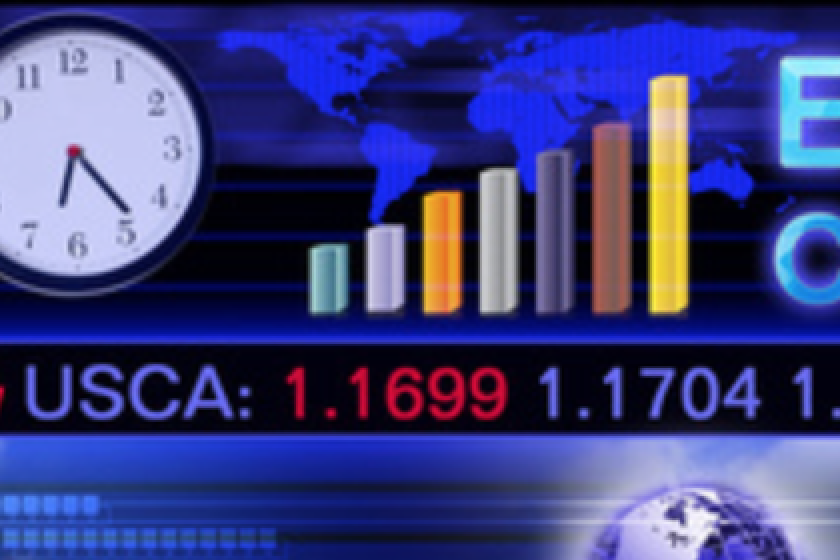Australia
The Australian Dollar (AUD) has been broadly stronger against most pairs this week but has generally underperformed this month. As risk markets turned, investors purchased the US Dollar and sold equities leading to the market travelling sideways. Softer CPI Chinese data for March published at 2.1% year on year versus 2.6% expectation bringing the Aussie off its highs across the board. RBA governor Lowe was hawkish when he said the RBA will keep rates on hold for a period of time, the next move will be a hike and may come as a “shock” to markets. The Australian Dollar (AUD) has found some much needed support Friday as the market turned to risk on.
New Zealand
The New Zealand Dollar (NZD) remains strong against a basket of currencies with risk appetite dictating markets. The kiwi came off its highs against the crosses running out of puff post FOMC minutes. Missile strikes in Syria look to be close to starting which helped to dampen stock and commodity prices. The Reserve Bank assistant governor McDermott spoke Thursday on the evolving inflation targeting over the past 30 years. Dr McDermott said: “Transparency in meeting our objective is as important for anchoring long-term inflation expectations now as it was in 1989, when the framework started. We will be using new communication techniques, such as publishing non-attributed records of meetings that reflect any differences of view among the Monetary Policy Committee.” “The New Zealand framework has changed significantly over thirty years, reflecting lessons learned and the changing economic and political environment. We are about to enter the next stage of that evolution”. The New Zealand Dollar (NZD) was unmoved during the speech. Markets await further Tweets from President Trump on the Syrian situation. The business NZ manufacturing index printed slightly worse than expected Friday suggesting a slowing manufacturing sector but made no dent in the surging kiwi. Read more









